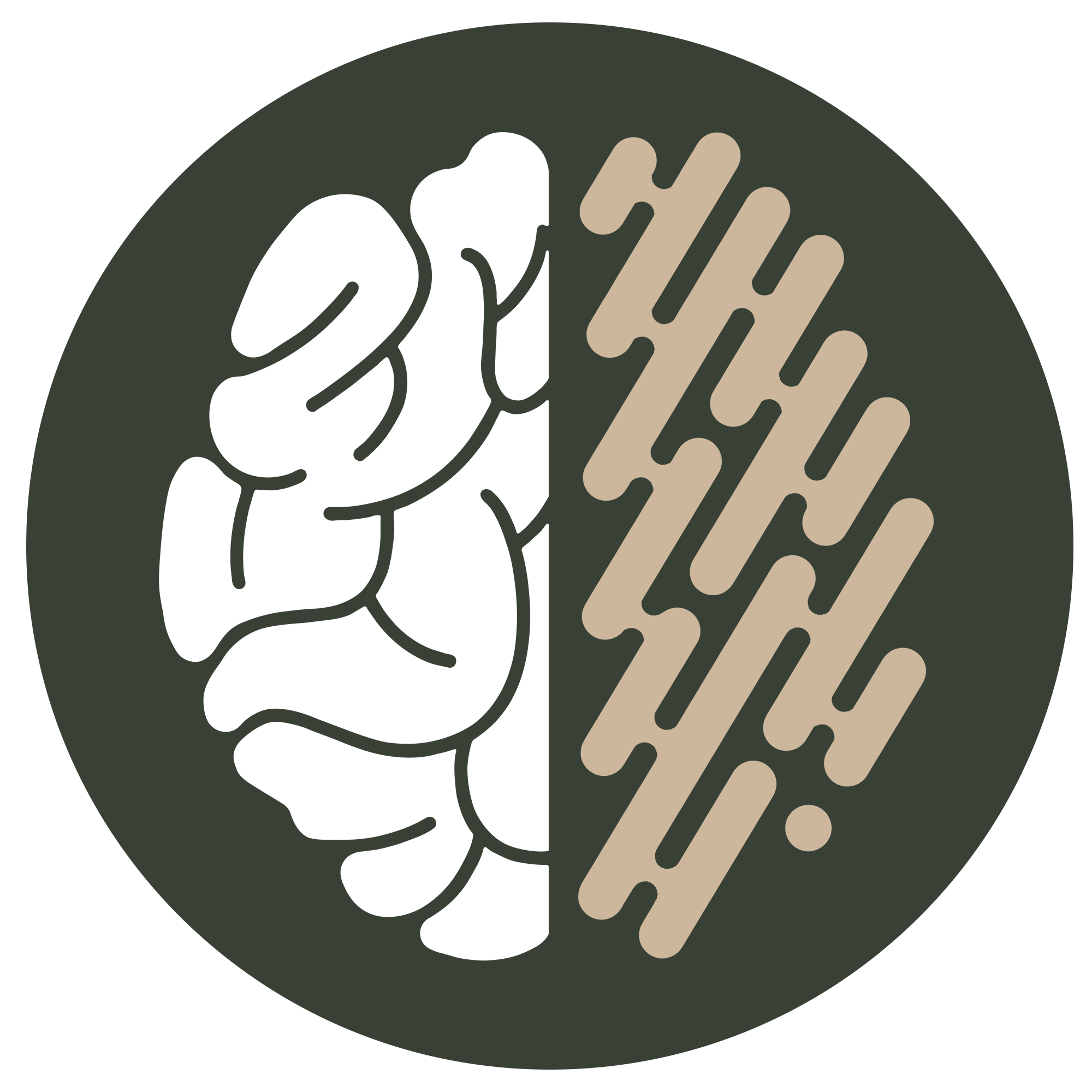The term “neurodiversity spectrum” is often thrown around in discussions about mental health and neurological differences. But what does it really mean? And are we all on the spectrum? To answer these questions, we must dive into the concept of neurodiversity, explore the different types of neurodivergent conditions, and consider the implications of inclusive language in our everyday lives and workplaces.

What Is the Neurodiversity Spectrum?
Neurodiversity refers to the idea that neurological differences, such as Autism Spectrum Disorder (ASD), ADHD, dyslexia, and others, are natural variations of the human brain. These differences are not flaws or deficits but part of the wide array of human experiences. The term “spectrum” is crucial here. It suggests that neurodiversity isn’t a linear scale with “neurotypical” at one end and “neurodivergent” at the other. Instead, it is a collection of traits, challenges, and strengths unique to everyone.
Recent research supports this view, emphasising that autism and ADHD exist on a continuum of traits that extend beyond clinical populations and into the general population. This perspective is foundational to understanding the neurodiversity spectrum, which encapsulates a broader range of human neural and behavioural diversity rather than confining individuals to strict diagnostic categories
Understanding Autism Spectrum Disorder (ASD)
The concept of the “spectrum” is most commonly associated with Autism Spectrum Disorder (ASD). When we talk about ASD, we’re referring to a range of characteristics and behaviours that vary widely from person to person. Some individuals with ASD may have significant challenges in communication and social interaction, while others might excel in specific areas such as mathematics, music, or art.
The word “spectrum” highlights that there isn’t a single, uniform experience of autism. It isn’t about being “more” or “less” autistic. Instead, it’s about recognising the diverse ways in which autism can manifest. This understanding helps us move away from stereotypes and appreciate the individuality of each person on the spectrum.
The Neurodiversity Spectrum | Beyond ASD
Neurodiversity extends beyond ASD to include other conditions like ADHD, dyslexia, Tourette syndrome, and more. Each of these conditions brings its own set of strengths and challenges. The neurodiversity spectrum, therefore, is not about placing people on a scale from “normal” to “abnormal.” Instead, it’s about recognising that everyone has a unique neurological makeup that influences how they think, learn, and interact with the world.
We all have areas where we struggle and areas where we excel. However, the degree to which these struggles or strengths impact our daily lives is what often defines neurodivergence. For some, these differences may be mild and manageable; for others, they can be significant and require support.

Inclusive Language | The Power of Words
Phrases like “We’re all on the spectrum” or “I’m a little OCD” may seem harmless and even supportive. However, they can minimise the experiences of those who are genuinely neurodivergent. These statements can trivialise the daily challenges faced by individuals with conditions like autism or OCD, making their struggles seem less valid or significant.
Using inclusive language means being mindful of how our words can impact others. It means recognising that while we might share some traits with neurodivergent individuals, we don’t necessarily share their experiences. Acknowledging this difference is crucial in showing genuine support and understanding.

The Workplace and Neurodiversity | Why It Matters
In the workplace, inclusive language and practices are not just about being politically correct—they’re about creating an environment where neurodiverse employees feel understood, respected, and valued. When we get this right, we not only support our colleagues’ well-being but also foster a more innovative and productive workplace.
Furthermore, using appropriate language and providing necessary accommodations can help mitigate potential legal issues. Discrimination against neurodiverse individuals can lead to serious consequences for companies. By prioritising inclusivity, businesses can avoid these pitfalls and create a more harmonious work environment.
So No, We Are Not All on the Spectrum
While we may recognise traits in ourselves that resemble those seen in neurodivergent individuals, this does not mean we are “on the spectrum.” The spectrum is not a catch-all for every human experience but a specific term that describes a range of neurological differences.
Acknowledging someone’s challenges without undermining their experiences is key. By understanding the neurodiversity spectrum and using inclusive language, we can better support those around us—whether in our personal lives or within the workplace.
Ultimately, respecting and valuing neurodiversity is not just about avoiding harm; it’s about celebrating the rich tapestry of human minds and the unique contributions that neurodiverse individuals bring to our world.
References
Doyle, N. (2021, January 16). Is everyone a little autistic? Forbes. https://www.forbes.com/sites/drnancydoyle/2021/01/16/is-everyone-a-little-autistic/
Koi, P. (2021). Genetics on the neurodiversity spectrum: Genetic, phenotypic and endophenotypic continua in autism and ADHD. Studies in History and Philosophy of Science, 89, 52–62. https://doi.org/10.1016/j.shpsa.2021.07.006 (p. 57).
National Institute of Mental Health. (n.d.). Autism spectrum disorder (ASD). https://www.nimh.nih.gov/health/topics/autism-spectrum-disorders-asd



